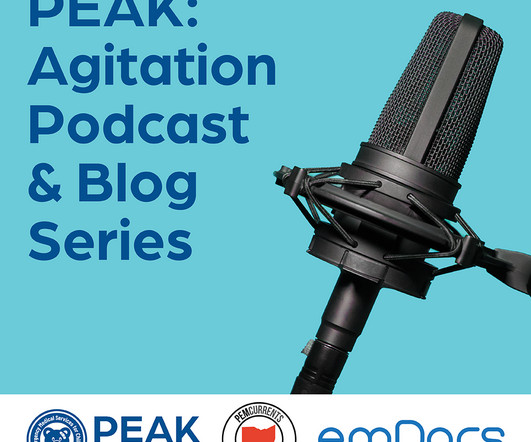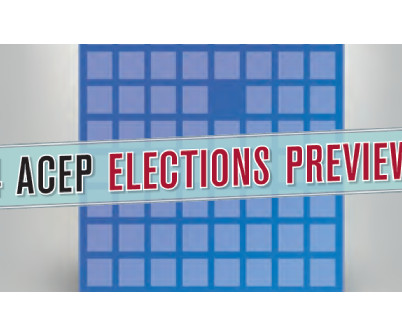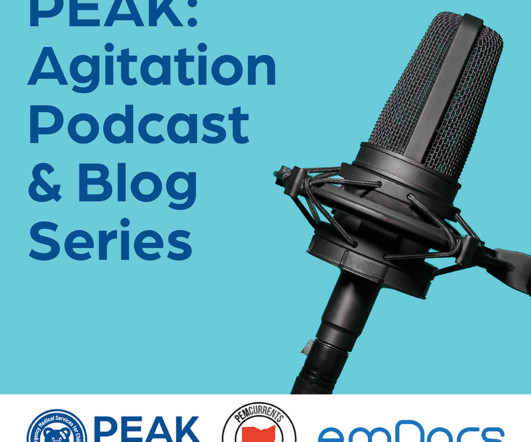PEM Currents – Agitation in Children – Episode 4: Safe prehospital transport
EMDocs
JUNE 9, 2023
After listening to this episode you will be able to: Identify unique aspects of the pre-hospital environment that impact assessment and treatment of agitated children Describe the role of EMS personnel and EMS director in the care of agitated children. That includes the patient, EMS personnel, and general public.












Let's personalize your content